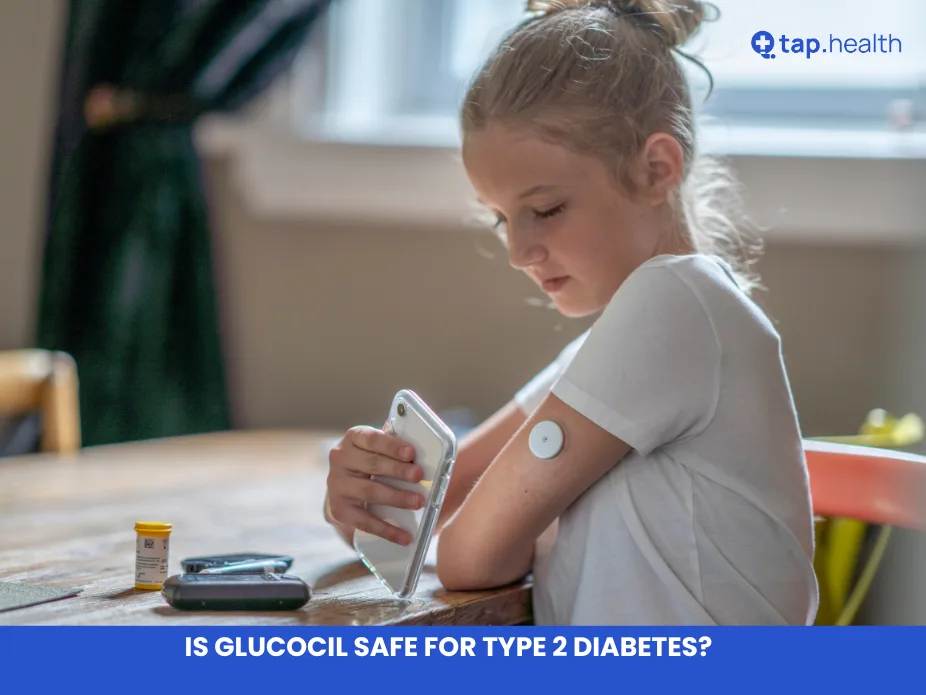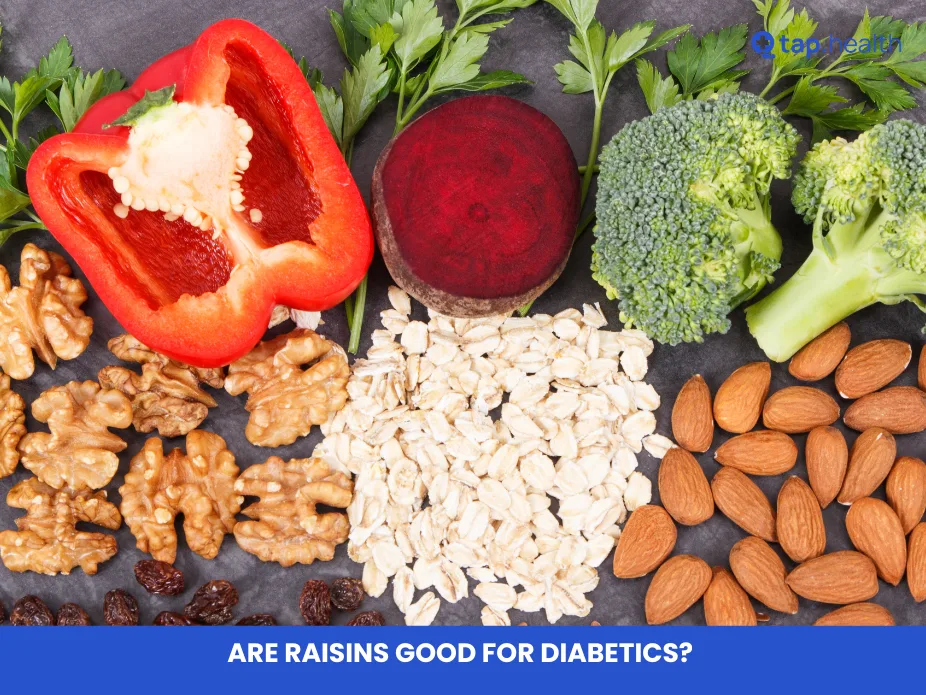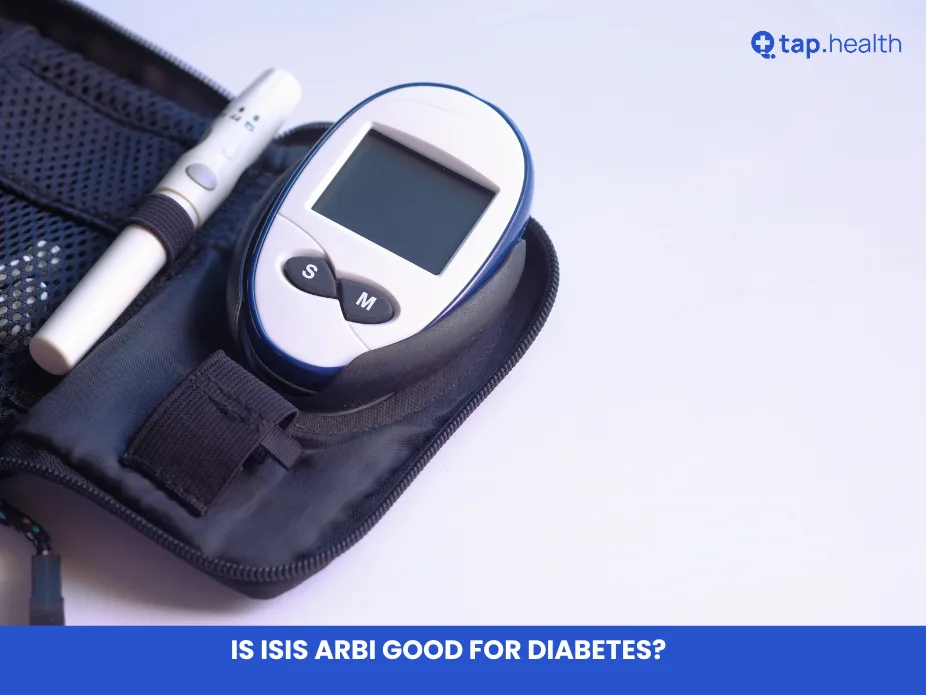If you or someone you love has type 2 diabetes, you’ve probably heard about supplements that claim to “help control blood sugar.” One name that keeps popping up is Glucocil.
You might be thinking:
“Does it work?”
“Is it safe?”
“Can I take it instead of my meds?”
These are smart questions—and you’re right to ask them. Managing type 2 diabetes is serious business. Blood sugar that’s too high for too long can damage your heart, kidneys, eyes, and nerves. So before you try any supplement, you need to know: Is Glucocil safe?
In this guide, we’ll give you a clear, honest, and science-backed look at Glucocil—what’s in it, what the research says, possible side effects, and whether it’s a good fit for people with type 2 diabetes. We’ve pulled info from trusted sources like the FDA, National Institutes of Health (NIH), American Diabetes Association (ADA), Mayo Clinic, and peer-reviewed medical journals.
No hype. No sales pitch. Just facts you can trust.
What Is Glucocil?
Glucocil is a dietary supplement sold over the counter (no prescription needed) that’s marketed to support healthy blood sugar levels. It’s made by a company called Neuliven Health and has been on the market since around 2010.
It’s not a drug. It’s not insulin. And it’s not approved by the FDA to treat, cure, or prevent diabetes. But the company says it helps your body use glucose (sugar) more efficiently—especially after meals.
Glucocil comes in softgel form and is usually taken before meals (typically 1–2 softgels before lunch and dinner).
What’s in Glucocil? (Full Ingredient Breakdown)
Glucocil contains a blend of three main ingredient groups:
1. Botanicals (Plant-Based Extracts)
- Gymnema sylvestre: A herb used in Ayurvedic medicine for centuries. Some studies suggest it may reduce sugar absorption in the gut and help insulin work better.
- Berberine: Found in plants like goldenseal and barberry. Research shows it may lower blood sugar and improve insulin sensitivity—some even compare it to metformin (a common diabetes drug).
- Cinnamon bark extract: May help cells respond better to insulin, though results in human studies are mixed.
- Fenugreek seed extract: Contains fiber and compounds that might slow sugar absorption.
- Banaba leaf extract: Contains corosolic acid, which might help move glucose into cells.
2. Vitamins and Minerals
- Chromium picolinate: A trace mineral that plays a role in how insulin works. Some people with diabetes have low chromium levels.
- Vitamin D3: Many people with type 2 diabetes are deficient in vitamin D, which is linked to insulin function.
- Alpha lipoic acid (ALA): An antioxidant that may help with nerve pain (diabetic neuropathy) and improve insulin sensitivity.
3. Fatty Acids
- Fish oil (omega-3s): Included for general heart health—important because people with diabetes have a higher risk of heart disease.
💡 Note: The exact amounts of each ingredient are listed on the label, but the total blend is proprietary. That means the company doesn’t reveal how much of each herb is in each softgel—just the total milligrams of the “Glucocil Proprietary Blend.”
What Does the Science Say? Does Glucocil Work?
This is where things get tricky.
There are no large, independent, long-term clinical trials on Glucocil itself. The company cites a few small studies (some funded by them), but these aren’t published in major medical journals.
However, we can look at the individual ingredients and what science says about them:
Berberine: Promising, But Not a Magic Pill
Multiple studies (including meta-analyses) show berberine can lower fasting blood sugar and HbA1c (a 3-month blood sugar average) in people with type 2 diabetes—sometimes as effectively as metformin.
BUT: It can cause digestive upset (gas, diarrhea) and interact with many medications.
Gymnema: Some Evidence, But Limited
Small studies suggest Gymnema may reduce sugar cravings and improve blood sugar control. But most research used high doses or injectable forms—not the amount likely in Glucocil.
Cinnamon & Chromium: Mixed Results
Some people see modest benefits. Others see none. The American Diabetes Association says there’s not enough evidence to recommend these for diabetes management.
Bottom Line on Effectiveness:
Glucocil might help some people get slightly better blood sugar control—especially after meals. But it’s not a replacement for proven treatments like metformin, diet, exercise, or weight loss.
Think of it like this:
If your diabetes is well-managed, Glucocil probably won’t add much.
If your blood sugar is high, Glucocil alone won’t fix it.
Is Glucocil Safe? Potential Side Effects & Risks
Now, the big question: Is it safe?
For most healthy adults, Glucocil is likely safe when used as directed. But “likely safe” isn’t the same as “risk-free”—especially if you have diabetes or take other meds.
Common Side Effects (Usually Mild)
- Upset stomach
- Gas or bloating
- Diarrhea (especially from berberine)
- Fishy aftertaste (from fish oil)
These often go away after a few days as your body adjusts.
Serious Risks to Watch For
1. Low Blood Sugar (Hypoglycemia)
This is the biggest concern.
If you take Glucocil with diabetes medications (like insulin, sulfonylureas—e.g., glipizide, glyburide), your blood sugar could drop too low. Symptoms include:
- Shaking or sweating
- Dizziness
- Confusion
- Rapid heartbeat
- Fainting
⚠️ Never combine Glucocil with diabetes meds without talking to your doctor first.
2. Drug Interactions
Berberine (a key ingredient) affects how your liver processes drugs. It can increase or decrease the effects of:
- Blood pressure meds
- Cholesterol drugs (like statins)
- Blood thinners (like warfarin)
- Antidepressants
- Immunosuppressants
This could lead to dangerous side effects.
3. Pregnancy and Breastfeeding
Glucocil is not recommended if you’re pregnant or nursing. Berberine and Gymnema haven’t been proven safe during pregnancy and may harm the baby.
4. Liver or Kidney Problems
If you have liver or kidney disease, talk to your doctor before using Glucocil. Some herbs are processed by the liver and could add stress.
What Do Doctors and Health Experts Say?
The American Diabetes Association (ADA) does not recommend Glucocil—or any similar supplement—as a standard treatment for type 2 diabetes.
In their official guidelines, the ADA states:
“There is insufficient evidence to support the use of dietary supplements (including herbs, vitamins, and minerals) for glycemic control in people with diabetes.”
The FDA also warns that:
- Supplements like Glucocil are not reviewed for safety or effectiveness before they hit the market.
- Some blood sugar supplements have been found to contain hidden prescription drugs (like metformin or glyburide)—which is dangerous and illegal.
While some integrative or functional medicine doctors may suggest berberine or cinnamon as add-ons, they always stress:
- Don’t stop your prescribed meds.
- Monitor your blood sugar closely.
- Tell your doctor you’re taking it.
Can You Take Glucocil Instead of Metformin or Other Diabetes Meds?
Absolutely not.
Glucocil is not a substitute for FDA-approved diabetes medications. Metformin, insulin, SGLT2 inhibitors, GLP-1 agonists—these have been tested in thousands of people and proven to lower blood sugar, reduce complications, and even save lives.
Glucocil has not been proven to do any of that.
If you stop your meds and rely only on Glucocil, your blood sugar could stay dangerously high—leading to:
- Nerve damage (neuropathy)
- Vision loss
- Kidney failure
- Heart attack or stroke
🚫 Never stop or change your diabetes medication without your doctor’s approval.
Who Might Benefit from Glucocil?
Glucocil might be worth considering only if:
- You have prediabetes (not full type 2 diabetes) and are trying to avoid medication
- Your blood sugar is mildly elevated and you’re already eating well and exercising
- You’re not on any diabetes meds that lower blood sugar
- You’ve talked to your doctor and they say it’s okay
Even then, manage your expectations. At best, it may offer a small boost—not a cure.
Who Should Avoid Glucocil?
Do not take Glucocil if you:
- Are on insulin or sulfonylureas (risk of low blood sugar)
- Have liver or kidney disease
- Are pregnant or breastfeeding
- Are under 18 (not tested in children)
- Are scheduled for surgery (berberine can affect blood sugar during anesthesia)
Also avoid it if you’re allergic to fish (due to fish oil) or any of the herbal ingredients.
How to Use Glucocil Safely (If You Choose To)
If you and your doctor decide to try Glucocil, follow these safety tips:
1. Start Low
Take just 1 softgel before dinner for the first few days to see how your body reacts.
2. Check Your Blood Sugar Often
Test before and 2 hours after meals. Watch for signs of low blood sugar.
3. Don’t Skip Meals
Taking Glucocil on an empty stomach can increase the risk of hypoglycemia.
4. Keep Taking Your Prescribed Meds
Unless your doctor tells you otherwise.
5. Buy from Reputable Sources
Only buy from the official website or trusted retailers like Amazon (sold by Neuliven Health). Avoid third-party sellers—some fake supplements contain harmful ingredients.
Glucocil vs. Other Blood Sugar Supplements
Glucocil isn’t the only game in town. Others include:
- Glucerna (meal shakes, not a supplement)
- Cinnamon supplements
- Berberine-only products
- Chromium pills
Glucocil’s advantage is that it combines multiple ingredients in one softgel. But that also means more chances for side effects or interactions.
Many doctors prefer single-ingredient supplements (like pure berberine) because you can control the dose and monitor effects more easily.
The Bottom Line: Is Glucocil Safe for Type 2 Diabetes?
Here’s the truth:
✅ Glucocil is probably safe for most adults—if you’re not on blood-sugar-lowering meds and don’t have liver/kidney issues.
❌ But it’s not a treatment for type 2 diabetes. It won’t replace diet, exercise, or medication.
⚠️ It can be dangerous if mixed with certain diabetes drugs.
The safest, most effective ways to manage type 2 diabetes are still:
- Eating more whole foods (veggies, lean protein, fiber)
- Cutting back on sugar and refined carbs
- Moving your body daily (even walking helps)
- Taking prescribed medications as directed
- Regular check-ups with your healthcare team
If you want to try Glucocil, talk to your doctor first. Bring the bottle with you so they can review the ingredients. And never let a supplement replace proven medical care.
Your health is too important to gamble with guesswork.
Real-Life Scenario
Imagine a person with type 2 diabetes who already takes metformin. After seeing an ad, they try Glucocil without consulting their doctor. Soon, their blood sugar drops too low, causing dizziness and fatigue. This shows the importance of medical guidance—supplements can interact with diabetes medications and create health risks.
Expert Contribution
Doctors and diabetes specialists highlight that supplements like Glucocil should not replace prescribed medication. Some ingredients may help with blood sugar management, but clinical evidence is limited. Experts advise monitoring blood sugar regularly and discussing supplement use with a healthcare provider before starting.
Recommendations Grounded in Proven Research and Facts
- Talk to your doctor first: Always check with your healthcare provider before adding Glucocil to your routine.
- Monitor your blood sugar: Track your glucose levels daily to avoid sudden highs or lows.
- Don’t replace medication: Glucocil is not a substitute for prescribed diabetes drugs.
- Watch for side effects: Some users report stomach upset, dizziness, or low blood sugar.
- Follow proven strategies: Balanced diet, regular exercise, stress control, and medications prescribed by your doctor remain the most effective and research-backed ways to manage type 2 diabetes.
Frequently Asked Questions (FAQ) on Is Glucocil Safe for Type 2 Diabetes?
Q: Can Glucocil lower my A1C?
A: Possibly—but only slightly, and only if combined with diet and exercise. Don’t expect big drops like you’d see with metformin or lifestyle changes. No supplement alone significantly lowers A1C long-term.
Q: Does Glucocil have metformin in it?
A: No. Glucocil does not contain metformin or any prescription drugs—if you buy the genuine product. However, the FDA has warned that some blood sugar supplements sold online are adulterated with hidden drugs. Always buy from trusted sources.
Q: How long does it take for Glucocil to work?
A: Some users report feeling less “sugar crash” after meals within a few days. But measurable blood sugar changes (if any) usually take 4–8 weeks of consistent use—along with healthy habits.
Q: Can I take Glucocil with metformin?
A: Only under medical supervision. Both can lower blood sugar, so combining them increases the risk of hypoglycemia. Your doctor may need to adjust your metformin dose.
Q: Is Glucocil FDA approved?
A: No. Like all dietary supplements, Glucocil is not FDA-approved for safety or effectiveness. The FDA regulates supplements as food—not drugs—so they don’t require pre-market approval.
Q: Are there any long-term side effects of Glucocil?
A: Unknown. Because it hasn’t been studied long-term, we don’t know the effects of taking it for years. Berberine, in high doses over time, may affect liver enzymes in rare cases.
Q: Can Glucocil help with weight loss?
A: Not directly. But better blood sugar control may reduce cravings and help with weight management. Glucocil is not a weight-loss supplement.
Q: What’s the difference between Glucocil and Glucofort?
A: Both are blood sugar supplements, but they contain different herbs. Glucofort includes bitter melon, licorice, and cayenne, while Glucocil focuses on berberine, Gymnema, and omega-3s. Neither is proven superior.
Q: Can I take Glucocil if I have type 1 diabetes?
A: Not recommended. Type 1 diabetes requires insulin, and adding unregulated supplements increases the risk of dangerous blood sugar swings. Always consult your endocrinologist first.
Q: Where can I buy real Glucocil?
A: The safest places are the official Glucocil website (glucocil.com) or Amazon (sold by Neuliven Health). Avoid eBay, unknown websites, or discount stores—counterfeit supplements are common.
Final Thought
Managing type 2 diabetes takes real effort—but it’s worth it. Supplements like Glucocil might offer a little help, but they’re no substitute for the basics: good food, movement, sleep, stress management, and working with your healthcare team. If you’re curious about Glucocil, have the conversation with your doctor—not Google. Your health deserves that level of care.



